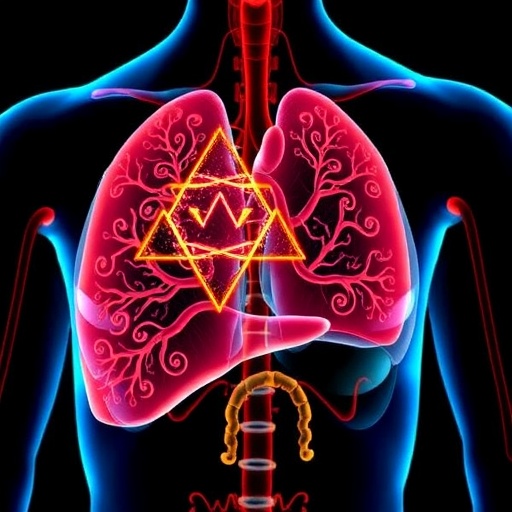Many people suffer from a vitamin D deficiency. This can result in brittle bones and an increased risk of respiratory diseases. Chicken eggs are a natural source of vitamin D and one way to, at least partially, compensate for this deficiency. A team of nutritionists and agricultural scientists at Martin Luther University Halle-Wittenberg (MLU) has found a new way to further increase the vitamin D content of eggs: by exposing chickens to UV light. As the team writes in the scientific journal Poultry Science, the method can be put into practice in henhouses straight away.
Vitamin D assumes many important functions in the human body. During the summer months, people are able to cover about 90 percent of their daily vitamin D requirements themselves since it forms naturally in the skin through exposure to sunlight which containts special bands of light in the UV spectrum. The remainder is ideally consumed through food, such as oily fish or chicken eggs. “However, lifestyle choices prevent many people from getting enough vitamin D. The problem increases even more in the winter months when there is a lack of sunshine,” explains nutritionist Dr Julia Kühn from MLU.
The researchers were therefore looking for a way to increase the amount of vitamin D in food, in this case in eggs. “The idea was to stimulate the natural vitamin D production of chickens. Using UV lamps in the henhouses would increase the vitamin D content of the eggs,” says Kühn. In earlier studies, the researchers were able to prove the fundamental success of their approach when they illuminated the legs of the chickens with UV light. “However, the experiments were always conducted under ideal conditions. There was only one chicken per lamp. In chicken farms, there is a much higher stocking density than here, in other words: a lot more animals,” Kühn continues. The new study aimed to test the practical feasibility of the method and therefore was conducted on two chicken farms. Comparisons were made between two different chicken breeds, assorted lamps and different durations of light exposure per day.
The researchers not only continuously analysed the vitamin D content of the newly laid eggs during the trial period, they also investigated the impact the additional light had on the animals. “Humans cannot see UV light, but chickens can. Therefore, light regimes are a critical aspect in chicken husbandry because light influences behaviour and laying activity,” explains Professor Eberhard von Borell, an expert in animal husbandry at MLU. His working group analysed the behaviour of the animals using video recordings. The researchers also inspected the chickens’ plumage for injuries by other members in order to assess their potential for activity and aggression.
The research team’s idea worked: After only three weeks of UV light exposure for six hours per day, the vitamin D content of the eggs increased three to four-fold. This value did not increase any further in the following weeks. Also, the additional UV light did not cause any obvious problems for the hens. They neither avoided the area around the lamps, nor did they act any differently. As a result, the researchers conclude that their method also works under practical conditions and that this could represent an important step towards supplying the population with vitamin D.
###
Media Contact
Tom Leonhardt
[email protected]
Related Journal Article
https:/
http://dx.




